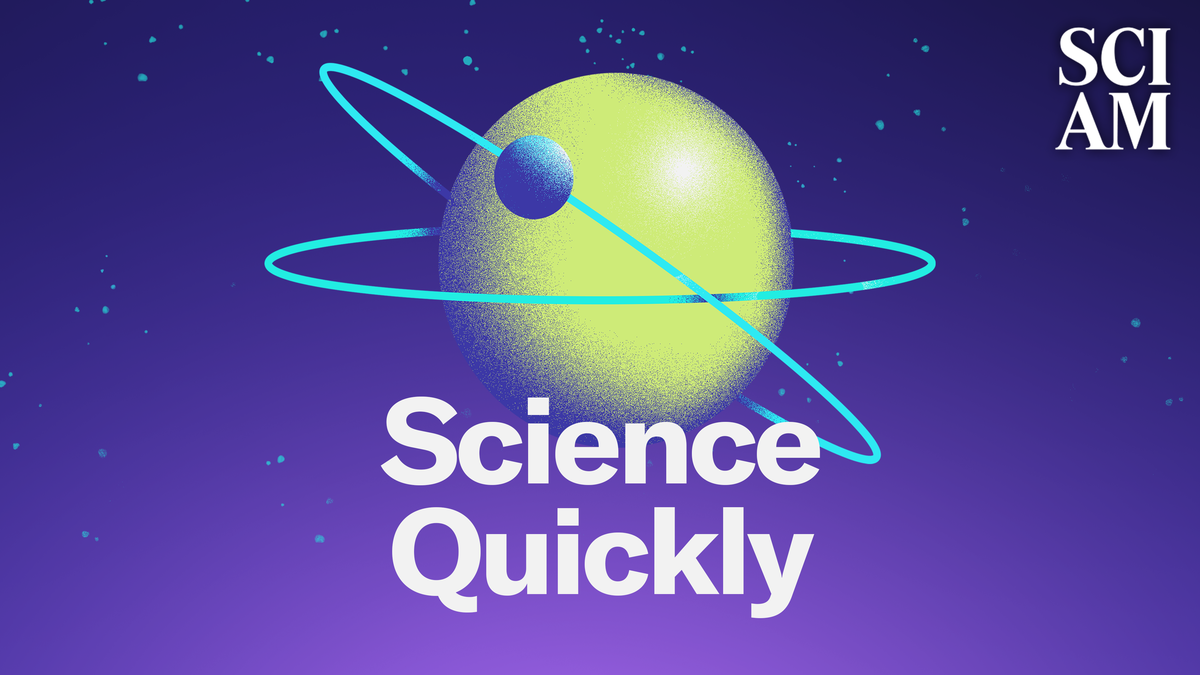
"Gary Stix notes that when he started at Scientific American in 1990, the magazine operated without the Internet as we know it today, emphasizing the radical evolution of science journalism."
"Reflecting on his career, Stix mentioned that Scientific American was thriving post-Sputnik launch, marking a peak era for science journalism before significant changes in technology and media consumption."
In a conversation with Gary Stix, who worked at Scientific American for over 35 years, he reflects on the dramatic changes in science journalism since the 1990s. He started his career in a pre-Internet age, where print and slower editing processes dominated. Stix recalls that Scientific American was at its peak during the post-Sputnik era, illustrating how technology has reshaped the landscape of journalism, especially in covering complex subjects like neuroscience and technology. His retirement serves as a poignant reminder of the evolution within the magazine and the field as a whole.
Read at www.scientificamerican.com
Unable to calculate read time
Collection
[
|
...
]